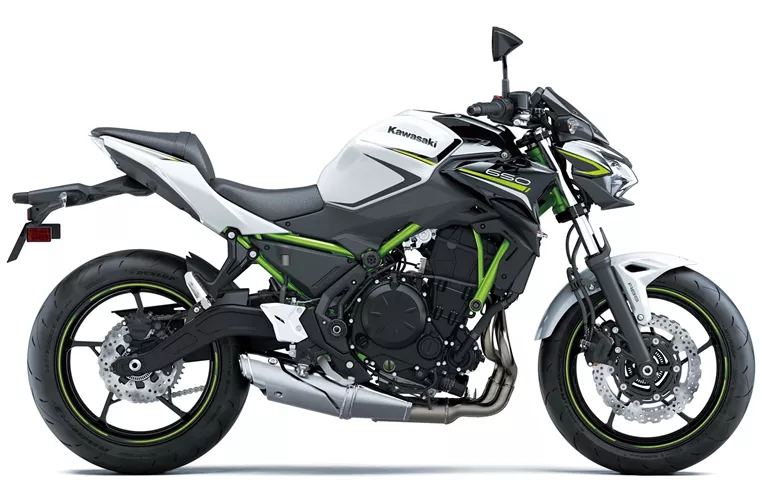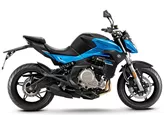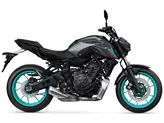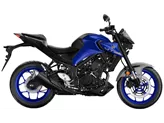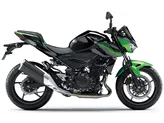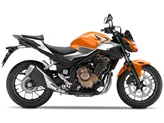Kawasaki Z650 2020 vs. Yamaha MT-07 2016
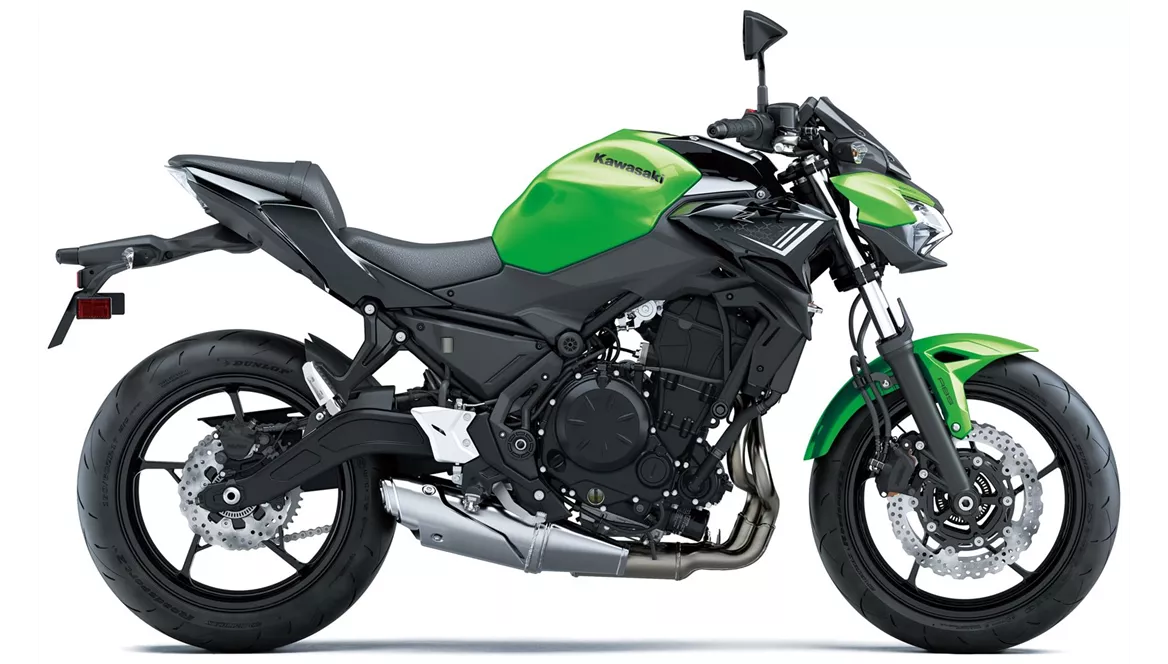
Kawasaki Z650 2020

Yamaha MT-07 2016
Overview - Kawasaki Z650 2020 vs Yamaha MT-07 2016
The Kawasaki Z650 2020 and the Yamaha MT-07 2016 are both naked bikes with similar engine types, cooling systems, and suspension setups. However, there are some notable differences between the two models.
In terms of engine power, the Yamaha MT-07 2016 has a slight advantage with 75 HP compared to the Kawasaki Z650 2020's 68.2 HP. The torque figures are also close, with the Yamaha MT-07 2016 offering 68 Nm and the Kawasaki Z650 2020 providing 65.7 Nm. Both bikes have two cylinders and liquid cooling systems, ensuring optimal performance.
When it comes to displacement, the Yamaha MT-07 2016 has a larger engine at 689 ccm compared to the Kawasaki Z650 2020's 649 ccm. This could potentially result in slightly better acceleration and top speed for the Yamaha model.
In terms of suspension, both bikes feature telescopic forks at the front. The chassis on both models is made of steel, ensuring durability and stability during rides.
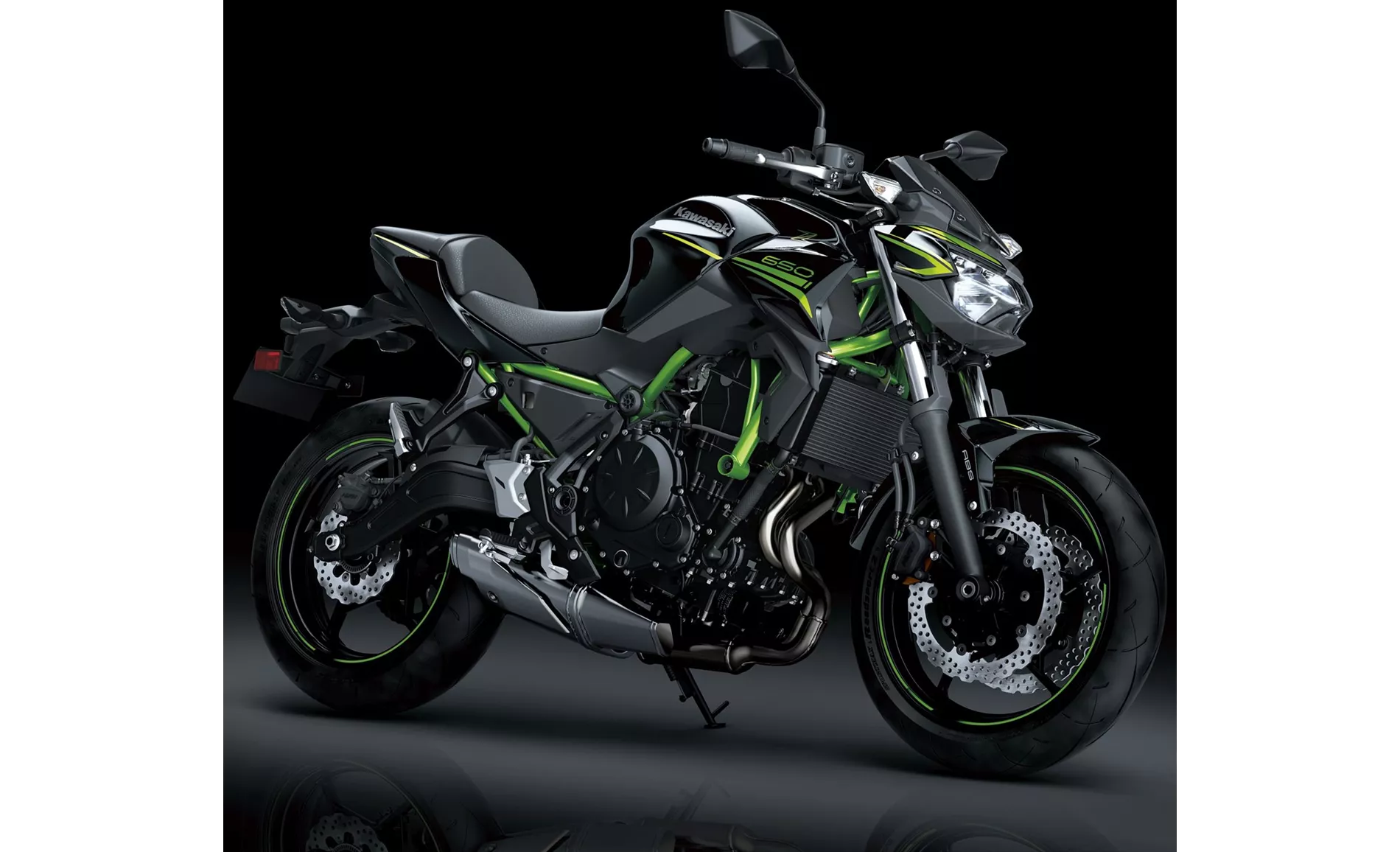
Kawasaki Z650 2020
In terms of braking, both bikes have double disk brakes at the front, providing powerful stopping power. The Yamaha MT-07 2016 has an advantage in terms of rear tire width, with 180 mm compared to the Kawasaki Z650 2020's 160 mm. This wider rear tire could provide better traction and stability during cornering.
In terms of dimensions and weights, the Yamaha MT-07 2016 has a slightly shorter wheelbase at 1400 mm compared to the Kawasaki Z650 2020's 1410 mm. The seat height on the Yamaha model is also slightly higher at 805 mm compared to the Kawasaki model's 790 mm. The Yamaha MT-07 2016 is lighter with a kerb weight of 179 kg compared to the Kawasaki Z650 2020's 185 kg. However, with ABS, the kerb weight of the Yamaha model increases to 182 kg, while the Kawasaki model's kerb weight with ABS is 187.1 kg. Both bikes have fuel tank capacities of 14 liters and 15 liters respectively.
In terms of strengths, the Kawasaki Z650 2020 offers a powerful two-cylinder engine, aggressive intake noise, compact dimensions, and a low seat height. It also has a stable chassis, a TFT display with connectivity, and a grown-up look.

Yamaha MT-07 2016
On the other hand, the Yamaha MT-07 2016 is praised for its very agile engine, very easy handling, low weight, and aggressively angular look. It also has powerful brakes, a comfortable seating position, a throaty sound, and an extensive and easy-to-read display.
In terms of weaknesses, the Kawasaki Z650 2020 has been criticized for its front brake pressure point, potential discomfort for tall riders, and the Rideology App not being fully sophisticated.
The Yamaha MT-07 2016, on the other hand, has been noted for its slightly soft chassis, footrests that can drag during aggressive riding, and the presence of some cheap plastic parts. The telescopic fork on the Yamaha model has also been described as boring.
Overall, both the Kawasaki Z650 2020 and the Yamaha MT-07 2016 have their own strengths and weaknesses. The choice between the two would depend on individual preferences and priorities, whether it be power, handling, comfort, or aesthetics.
Technical Specifications Kawasaki Z650 2020 compared to Yamaha MT-07 2016
Pros and Cons in comparison
Pros and Cons in comparison
Kawasaki Z650 2020
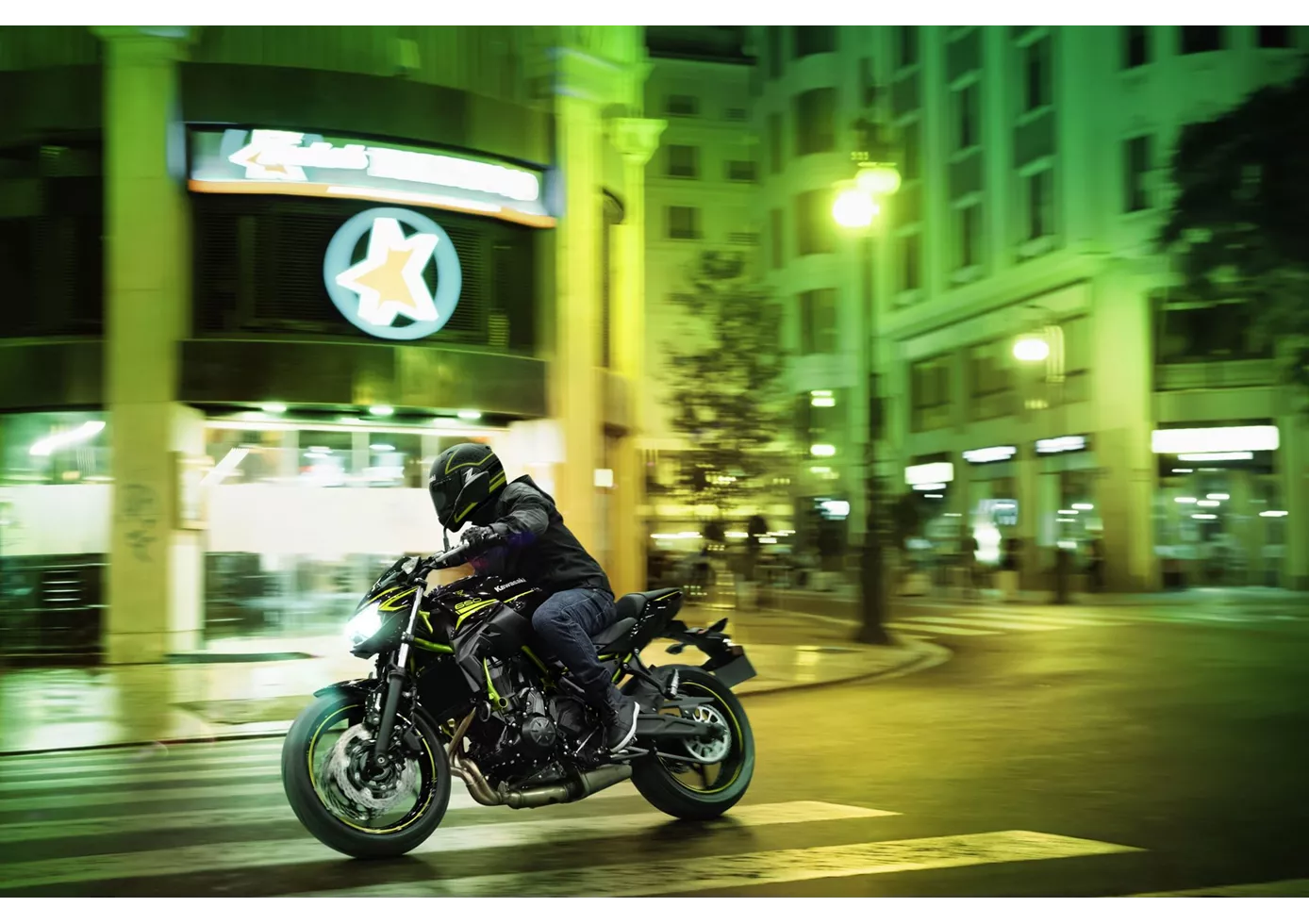
It's simply marvellous what Kawasaki has put together in a complete package with the new Z650. The technical components may not knock your socks off individually, but in combination they make for a pleasantly neutral motorbike that everyone will enjoy. No bitchy idiosyncrasies - simply a naked bike that works really well on winding country roads. Of course, the TFT display, which we don't find in the competition at the moment, is a plus, as is the grown-up look, which is strongly oriented towards the larger Z models. Only the pressure point of the front brake could have been more clearly defined - but you can't have everything in this price range.
Yamaha MT-07 2016

The MT-07 is an incredible fun machine that is extremely sporty to ride. The brakes pack a punch, the handling is superb and the engine is currently by far the most agile powerplant in this class - and even above.
Price Comparison Avarage Market Price Kawasaki Z650 vs Yamaha MT-07
There are a few key differences between a Kawasaki Z650 2020 and a Yamaha MT-07 2016. In terms of price, the actual average price of a Kawasaki Z650 2020 is about 7% higher. A Kawasaki Z650 2020 experiences a loss of 30 USD in one year of ownership. This is offset by a loss of 390 USD for a Yamaha MT-07 2016. Compared to Yamaha MT-07 2016 there are less Kawasaki Z650 2020 bikes available on the 1000PS.de Marketplace, specifically 21 compared to 24. It takes less time to sell a Yamaha MT-07 with 51 days compared to 80 days for the Kawasaki Z650. Since model year 2017 1000PS.de editors have written 31 reviews for the Kawasaki Z650 and 69 reviews for the Yamaha MT-07 since model year 2013. The first review for the Kawasaki Z650 was published on 11/8/2016 and now has more than 25,000 views. This compares to more than 12,600 views for the first review on Yamaha MT-07 published on 11/4/2013.
